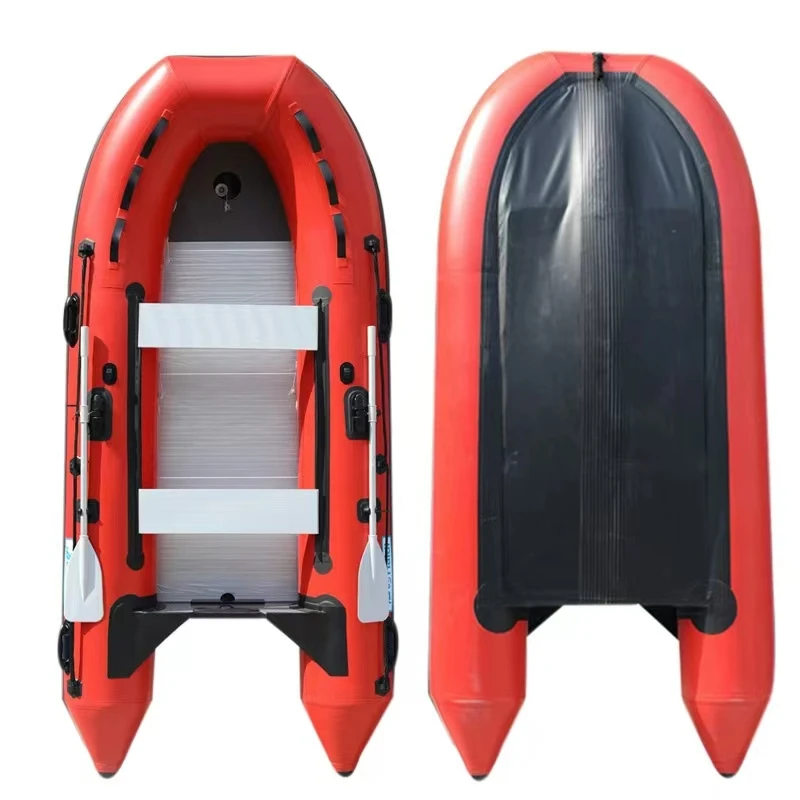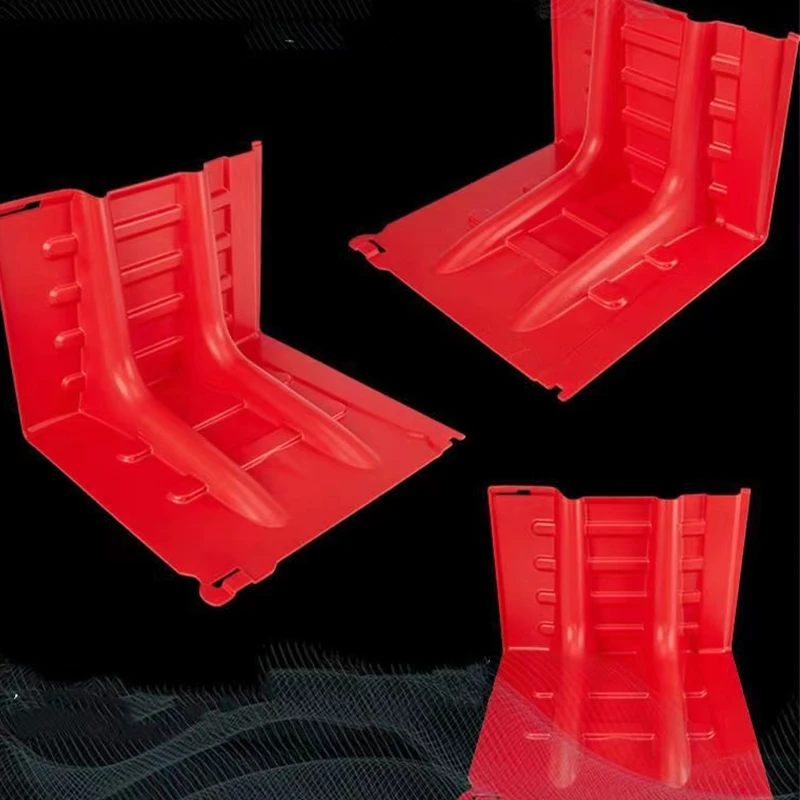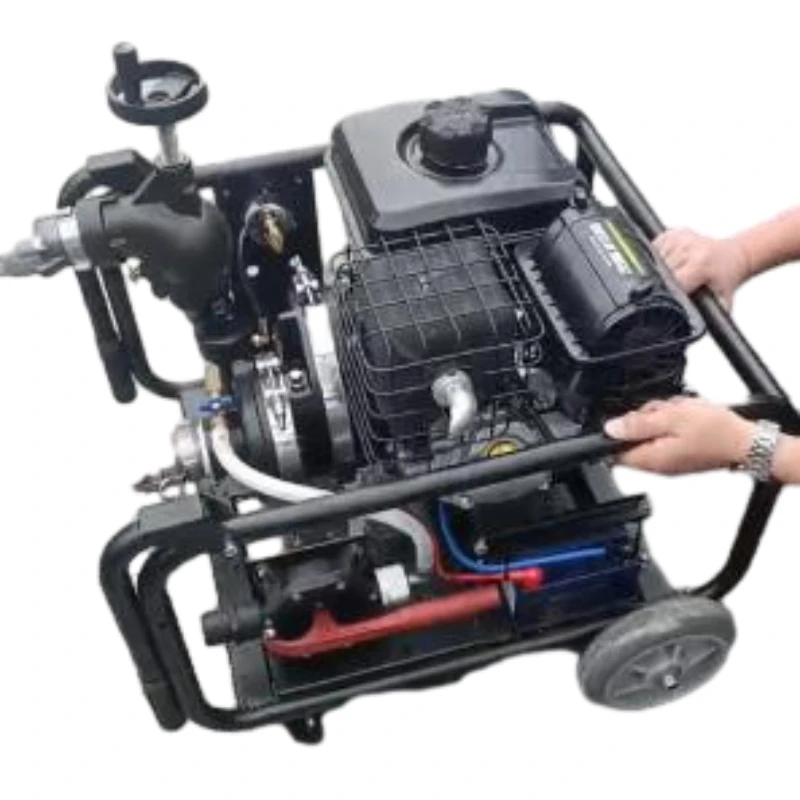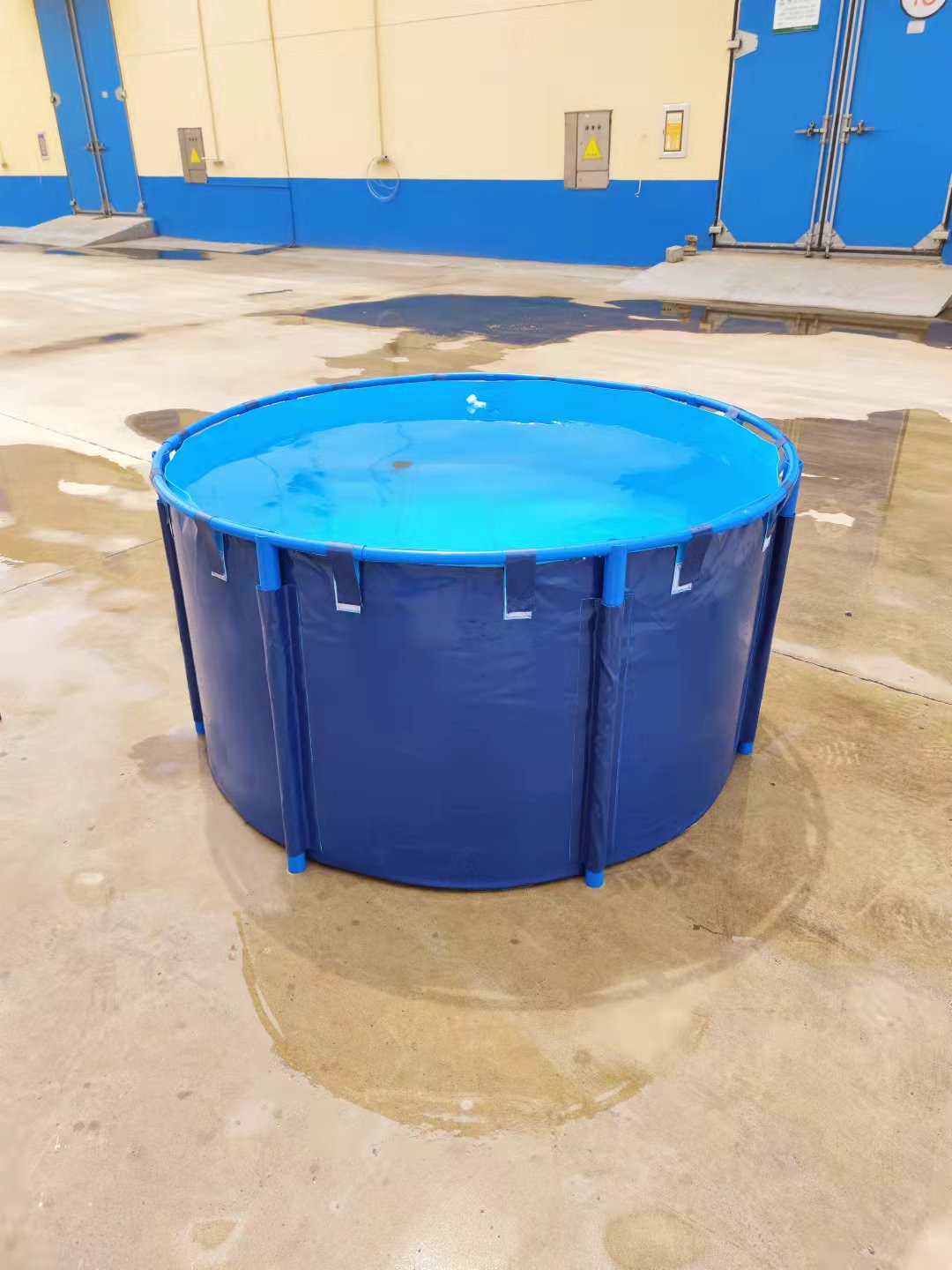Field Notes on a Surprisingly Capable Workhorse: Pneumatic Road “Extinguishers”
I spent last week walking a highway job and putting the Pneumatic Extinguisher through its paces. The name sounds firefighting-first, but the real trick here is airflow: a two‑stroke gasoline engine spins a wind wheel, blasting debris and light flames out of the way. In highway work, it’s used for cleaning before a thin slurry sealing layer. Honestly, it’s a niche tool that’s getting mainstream attention—contractors want faster prep with fewer cables and no power cart to babysit.
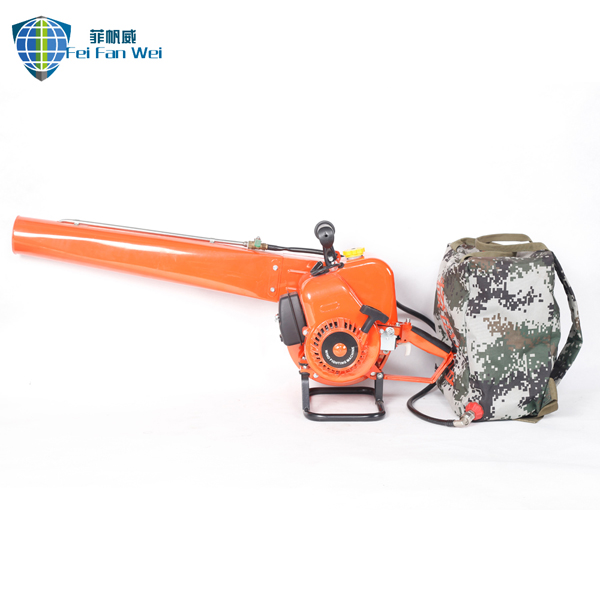
Industry trends (and why crews keep asking for it)
Three things stand out: tighter timelines, stricter dust control, and rising expectations on ergonomics. Gas‑powered blowers—this category—are evolving with better impellers, quieter housings, and emissions kits. You’re also seeing more spec bids that reference airflow data (ISO 5801) and sound power (ISO 3744). Municipal buyers care, and yes, inspectors do check stickers these days.
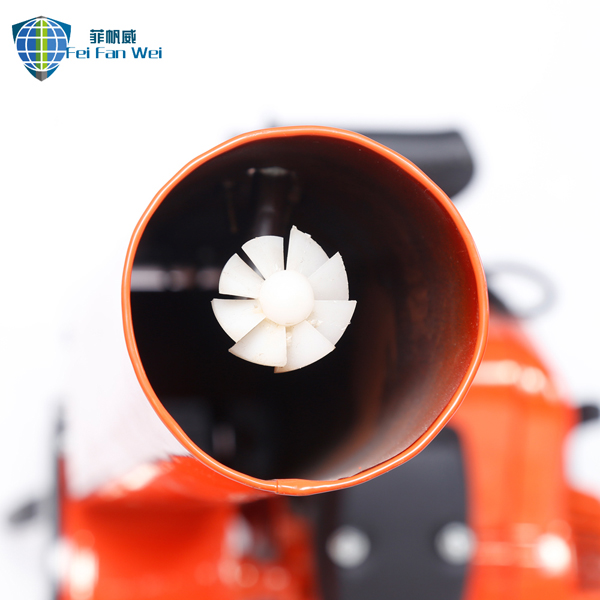
How it works (in plain English)
The engine drives a balanced wind wheel. High‑speed airflow is directed through a shaped nozzle to sweep gravel, fines, and stray fibers—perfect before slurry seal. In wildfire line prep (used by trained crews only), that stream helps clear light fuels; however, it’s primarily a cleaning tool, not a water extinguisher. Many customers say it’s “pull‑start, point, done,” which is exactly the appeal.

Product specifications (typical build)
| Parameter | Value (≈, real-world use may vary) |
|---|---|
| Engine | Two-stroke gasoline, ≈63 cc, 2.2–2.8 kW |
| Air volume / speed | 18–22 m³/min; 70–90 m/s at nozzle (ISO 5801 reference) |
| Fuel / tank | Gas-oil mix 50:1; ≈1.5 L tank |
| Weight | 9–12 kg (dry) |
| Noise | ≈98 dB(A) sound power (ISO 3744) |
| Service life | 3–5 years with routine maintenance |
| Certs (typical) | CE (Machinery Directive), ISO 9001 plant, spark arrestor option |

Build and testing process
- Materials: aluminum impeller, reinforced polymer housing, fuel‑resistant lines, optional spark‑arrestor muffler.
- Methods: CNC machining, dynamic balancing of wind wheel, torque‑verified assembly.
- Testing: airflow per ISO 5801; noise per ISO 3744; safety to ANSI/OPEI B175.2; emissions package where applicable.
Origin: No.118 Youyi Street, Xinhua Dist., Shijiazhuang City, Hebei Province, China. We visited once; the balancing rig was old‑school but accurate, which I kind of like.
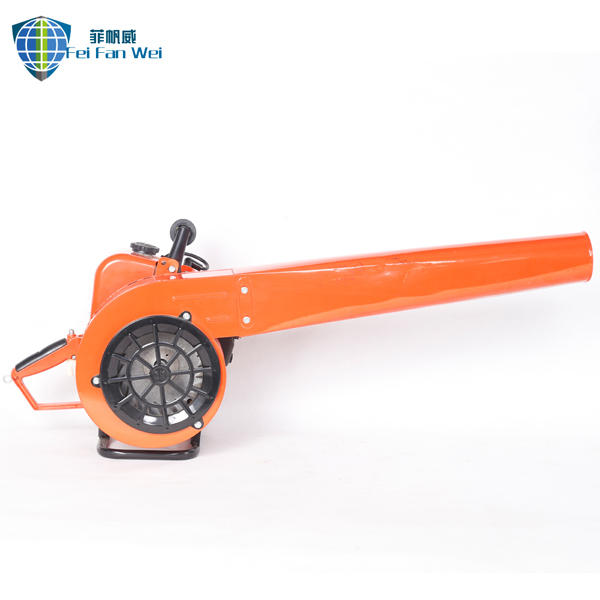
Applications and advantages
- Highway prep before slurry sealing—fast debris removal reduces delamination risk.
- Construction sites, yards, and plant floors (outdoors) for dust and chip control.
- Controlled burn prep by trained crews; site clearing around equipment.
Advantages: portable power, no hoses, quick start, robust against fines. Some operators mention slightly higher vibration; anti‑vibe handles help.
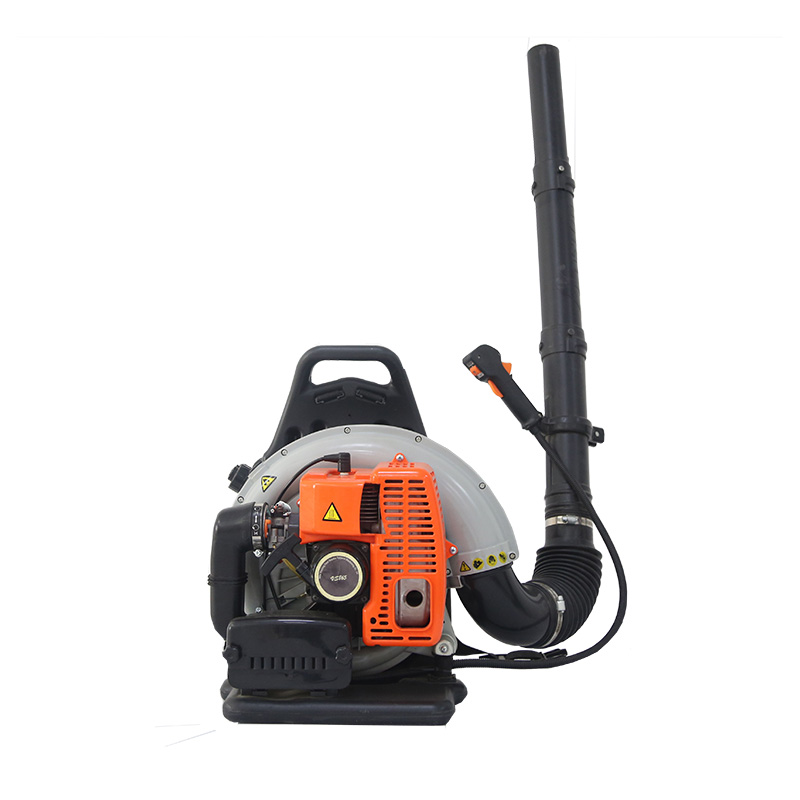
Vendor comparison (summary)
| Vendor | Lead Time | Certifications | Customization | Warranty |
|---|---|---|---|---|
| Pneumatic Extinguisher (FFW, China) | 2–4 weeks | CE, ISO 9001; spark‑arrestor option | Nozzles, decals, fuel kits | 12 months |
| Generic OEM A | 4–6 weeks | CE only | Limited | 6–12 months |
| Local Reseller B | Stock or 1–2 weeks | Varies by model | Color/branding only | 12 months |
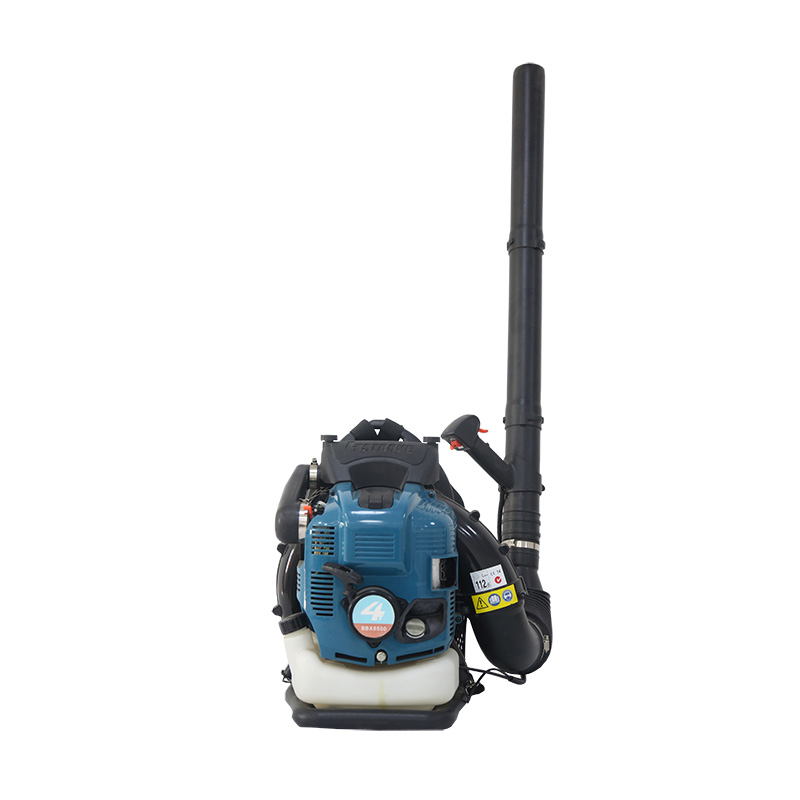
Customization and real-world feedback
Options we’ve seen: long-throw or wide‑fan nozzles, anti‑static liners, larger tank, cold‑weather carb, and branded livery. A Hebei contractor reported a ≈22% faster sweep before slurry compared with their old rig. An airport maintenance team (shoulders only) clocked 1.6 km/hr cleaning speed with 2 operators.
Safety and standards (quick notes)
Use PPE: hearing, eye/face, gloves. Follow ANSI/OPEI B175.2 guidance. For measurement nerds: test airflow at 1 m from nozzle axis; record sound power in a semi‑anechoic environment (I know, not every yard has one).
Pneumatic Extinguisher test snapshot: 20.4 m³/min at 7,800 rpm; nozzle velocity 84 m/s; sound power 97.6 dB(A). Fuel mix 50:1, runtime ≈55 min. All within expected bands.
Final take
It’s not glamorous, but this Pneumatic Extinguisher earns its keep—especially on slurry prep where clean substrate is non‑negotiable. If your bid spec mentions ISO airflow data, spark arrestors, or CE docs, this model checks the boxes without drama.
- ISO 5801: Fans — Performance testing using standardized airways.
- ANSI/OPEI B175.2: Outdoor power equipment—Hand-held powered blowers—Safety.
- ISO 3744: Determination of sound power levels of noise sources.
- EU Machinery Directive 2006/42/EC and CE marking guidance.
- ISSA Slurry Systems Division: Recommended Performance Guidelines (TB series).









